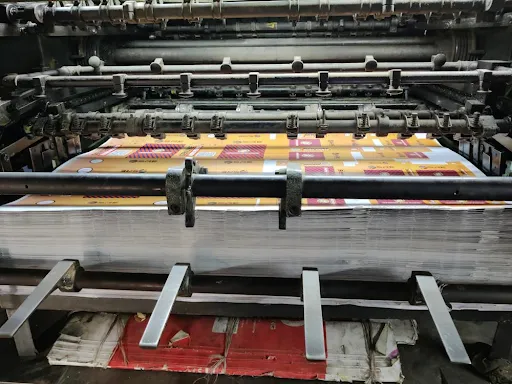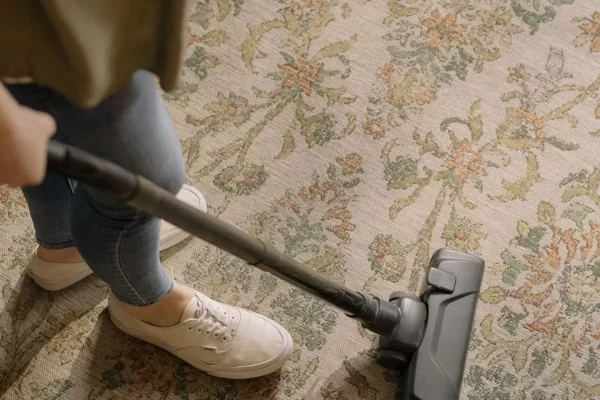An industrial vacuum is a primary tool for cleaning most environments in any industry, including factories, hospitals, restaurants, and on. It is used to remove many different types of substances, including hazards from floors and surfaces, to assure a safe and clean result.
A commercial vacuum consists of a “suction motor” joining a “nozzle” with a hose.
Through this setup, material collects into either a bag or a tank. There are various products on the market through trusted manufacturers like this link, https://www.teledyne-hi.com/, a popular choice. Some of the offerings include wet/dry vacs, dry vacs, vacuums for industrial and special purposes, carpet cleaners.
To make the best purchase, it is vital to know the elements necessary for the job. Its purpose will drive the selection process.
Factors To Consider When Searching for An Industrial Vacuum
An industrial vacuum should be chosen based on needs. There are three specific factors to consider in the first step, including
- The dimensions and kind of atmosphere of the area being cleaned
- The sort of material to pick up and how much
- How frequently will it be used?
You will also need to look at the technical aspects once you define specific needs, including the parameters plus the practical purpose, weight, overall dimensions; some critical things include noise level, performance, motor power, filtration system. These all affect the overall functionality and efficiency of the machine. Learn how to select the ideal industrial vacuum at https://medium.com/@klencoasia2/how-to-choose-the-best-industrial-vacuum-cleaner-e308fd494e14.
-
Power performance
The two primary indications of power performance are airflow and water life. This is measured in “l/s” and speaks to the “air volume intake” and is “the reference parameter” for fine dust or exceptionally fine surface material suction.
Measured in mmH2O, the water life dictates the suction force and is the “reference parameter” for heavier materials and liquid cleaning.
-
Motor power
Depending on how many motors and the type of machine will dictate how the power expresses in either HP, Watts, or KW. The number of motors selected needs to be proportionate to its purpose and material volume that needs cleaning.
There are usually two types of motors (1) stage (2) stage. (1) stage motors offer greater airflow but (2) is an excellent vacuum.
-
Noise level
Expressed in (dBiA) decibel, the noise level, another parameter to be assessed. Not necessarily linked to overall efficiency, it is a factor for comfort. That is especially true when used in an area that’s supposed to be sound-sensitive.
-
Structure and design

Structure, dimensions, and weight are an element that should be assessed to ensure you have the max in reachability and maneuverability. Weight and dimensions will be based on the model, purpose, and atmosphere.
If the vacuum will be on wheels and have the need for cleaning, it should be somewhat lightweight. The power cord also needs to give sufficient reach; usually, 8 meters is standard.
Usually, on rough surfaces, it is essential to look at the wheel type and trolley. Vacuums sit on carts with large coated rubber wheels to give the most extraordinary maneuverability even on the rough surfaces.
-
Filtration
“High-efficiency filters” are fitted into each vacuum that keeps dirt from releasing back into the atmosphere. The tank or bag deems the first collecting component. The “only dry” vacuums generally come with a microfiber bag. These are breakage and tear-resistant for collecting dust.
There should also be an “upstream filter” meant to protect the motor from material sucked into the machine and also a “downstream filter” keeping dust from circulating back into the atmosphere.
-
Supplied accessories
Varied accessories typically allow the vacuum to perform different types of functions. When choosing a vacuum, it is vital to assess the accessories, supplies, and the recommendations for optional features. Click here for FAQs on industrial vacuums. The most common accessories recommended additionally to the wand, suction hose, extensions/tubes include:
- Squeegee/wet brush for lifting liquids
- Flat lance for collecting from hard-to-reach spots and narrow crevices
- Universal/double use brush for hard floors plus carpets and rugs
- Rounded brush for delicate surfaces
When searching for these accessories, primary features, and the vacuum, it is wise to reach out to qualified experts like Teledyne Handling from the moment of consideration through the consulting stage into the buying process to the end of the vacuum’s lifespan, so you have professional support through the entire journey.
You will find many different industrial vacuum options on the market. Teledyne Handling specializes in this industry and can offer that support to clients. Once you make the initial call, you can get things in motion to find the right vacuum, and all that implies.
The company will guide you and stay with you through this one and onto the next. There is no fear of being left to flounder on your own with no clue.





